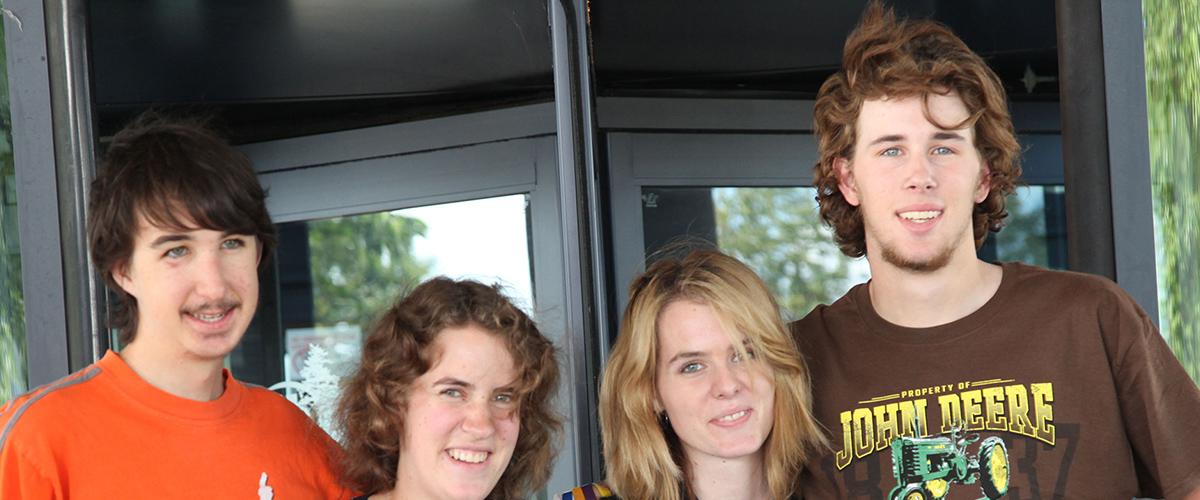New Drosophila Models for DM1 and DM2
Model organisms have yielded important insights into neuromuscular diseases. Findings from the relatively straightforward models now link unstable expansions of CTG and CTTG repeats to the phenotypes of myotonic dystrophy type 1 (DM1) and myotonic dystrophy type 2 (DM2) respectively. Yet, it would be a mistake to assume that we understand all therapeutically relevant pathogenic or disease modifying mechanisms in DM. A particularly vexing issue has been how DM1 and DM2 are mediated by MBNL sequestration, but yield phenotypes of differing severity. New fly models may provide some insights.
Novel Models for DM1 and DM2
To address divergent aspects of pathology in DM1 and DM2, Dr. Rubén Artero and colleagues (University of Valencia) generated and evaluated novel Drosophila models expressing the respective repeats (250 CTG or 1,100 CCTG) in skeletal and cardiac muscle. Flies expressing 20 CTG or CCTG repeats were also generated and used as controls.
Similar, Severe Phenotypes Seen in DM1 and DM2 Fly Models
The investigators showed that the established molecular features of DM—formation of nuclear aggregates, MBNL depletion, RNA splicing defects and upregulation of autophagy genes (Atg4, Atg7, Atg8a, Atg9 and Atg12)—occurred in their DM1 and DM2 models. They establish that expanded CCUG repeat RNA has similar potential in vivo toxicity as does CUG repeat RNA. Both models had severe skeletal (50% reduction in fiber cross-sectional area) and cardiac muscle phenotypes, and reduced survival. Cardiac dysfunction included altered systolic and diastolic intervals, deficits in contractility (percentage (%) of fractional shortening) and arrhythmias; some cardiac measures showed higher severity in the DM2 model fly.
Do Unknown Factors Mitigate Cardiac Disease in DM2?
While understanding that no model organism can actually be said to “have DM,” fly and mouse models have informed understanding and treatment of DM. In the DM2 fly model, the cardiac phenotype is more severe than is seen in DM2 patients. The investigators suggest that while both CUG and CCUG expanded repeat RNA have the potential to cause severe striated muscle phenotypes, there may be mechanisms beyond the well-established toxic RNA pathway that reduce the toxicity they observed in the fly in human DM2. These findings and models may have relevance for identification of genetic modifiers or as validation screens for small molecule drug development.
Reference:
Expanded CCUG Repeat RNA Expression in Drosophila Heart and Muscle Trigger Myotonic Dystrophy Type 1-like Phenotypes and Activate Autophagocytosis Genes.
Cerro-Herreros E, Chakraborty M, Pérez-Alonso M, Artero R, Llamusí B.
Sci Rep. 2017 Jun 6;7(1):2843. doi: 10.1038/s41598-017-02829-3.


